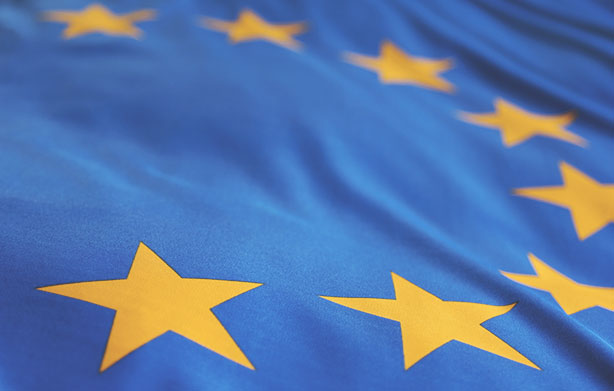It’s Finally Here: MiFID II Takes Center Stage

We’ve finally arrived at the day when MiFID II has taken hold of the EU banking community – and we’ve seen the results of many firms not being ready for its arrival.
So, after the first day of trading under MiFID II … the financial world did not explode. Trading volumes around EU markets were noticeably lower (perhaps due to the fact that investors are still on vacation), but so far, so good.
As to be expected, some specific financial markets including UK and Germany futures markets received last minute reprieves, with firms given an extra 30 months to comply with transactional settlement requirements. This latest set of reprieves come on top of the previously enforcement delay announced on December 20, giving firms six additional months to meet the Legal Entity Identifier (LEI) requirement of MiFID that requires a specific identifier to be used in order to participate in financial market activity. Most importantly, the LEI requirement delay was accompanied by language indicating that regulators will now be focusing on evidence to indicate that firms are “making reasonable efforts to comply”.
So, after years in the making and an estimated 2 billion pounds in preparation cost by UK-based firms alone, where do firms go from here? Waiting for further delays or the first set of sanctions to arrive is one strategy. However, the phrase “making reasonable efforts to comply” is an alternative strategy that we see many firms following as it pertains to MiFID II. Aside from addressing transactional requirements, firms must demonstrate reasonable efforts to comply with requirements to capture communications that lead up to a transaction – as noted in MiFID II Article 16. In other words, firms must capture all voice, email, social media, and face-to-face communications that ultimately lead to a trade. We’ve seen firms making progress in this area by:
- Adjusting corporate policies so that only communications that can be captured are approved for use by registered financial representatives
- Building data maps that outline how specific communications networks will be captured and stored
- Establishing processes to review new communications channels demanded by clients to assess their potential risks
- Inspecting the capabilities of currently used technologies to enable fast, efficient search, supervision and retrieval
- Examining the work effort and impact on compliance staff to reconcile communications activities with transactions
As we’ve seen on Day 1, addressing the complexities of MiFID II will be a journey for most firms. However, demonstrating reasonable efforts to comply with MiFID II can be illustrated by following good governance practices in ensuring that communications practices are understood, policies are well documented, and opportunities for technology-enabled process improvement are identified and prioritized to improve your firm’s efficiency in meeting MiFID II communications requirements over time.


